Book Recommendations
These are a curated collection of readings for anyone interested in architecture, cities, or culture. I've distilled my top favorites and organized them into different categories for easy navigation.
Categories:
- Inspiration + Theory: An introduction to a world of architecture that goes beyond the physical. These books explore the deeper meanings, philosophies, and ideas that shape architectural thinking, and you will begin to understand why architects are so.. obsessed.
- Foundations: Essential texts that form the bedrock of architectural knowledge. These books cover fundamental principles, theories, and techniques crucial for any aspiring architect or seasoned professional.
- Architectural Graphics: These resources provide essential skills for architectural drawing, sketching, and visual representation. Great for students or aspiring architects.
- Cities + Urban Planning: Understand the complexities of urban environments and the impact of architecture on city life. These readings delve into urban planning, development, and the cultural significance of our cities.
- Research Material: An eclectic collection books that have been resources for our research for videos.
- (bonus) Personal + Professional Growth: I wanted to include a few books that have made a big impact on my life and career. Great for anyone, regardless of what field they work in.
INSPIRATION
-
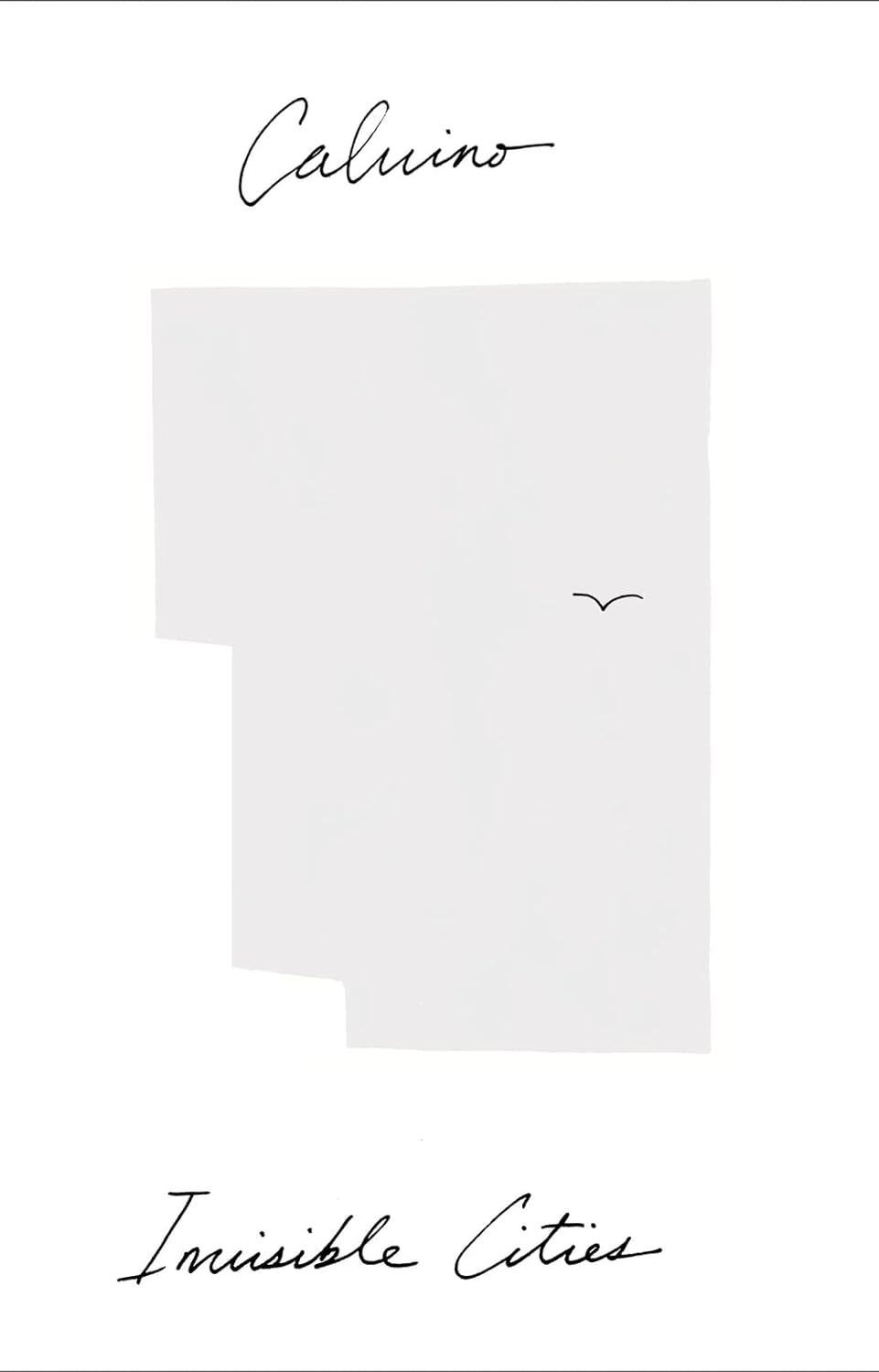
Invisible Cities
Link to Bookby Italo Calvino
.
This is one of my favourite books. It’s hard to confine it into a genre, and rather than reading, it's the kind of book that just needs to be felt. The book is framed as a conversation between Kublai Khan and Marco Polo, who is taken prisoner and ordered to tell stories of the cities he’s visited. The parables depict 55 surreal, imaginary cities, which are all in some way or another, meditations on culture, time, memory, death, language, and the human experience. I read this every time I want to escape to a lucid dream.
-
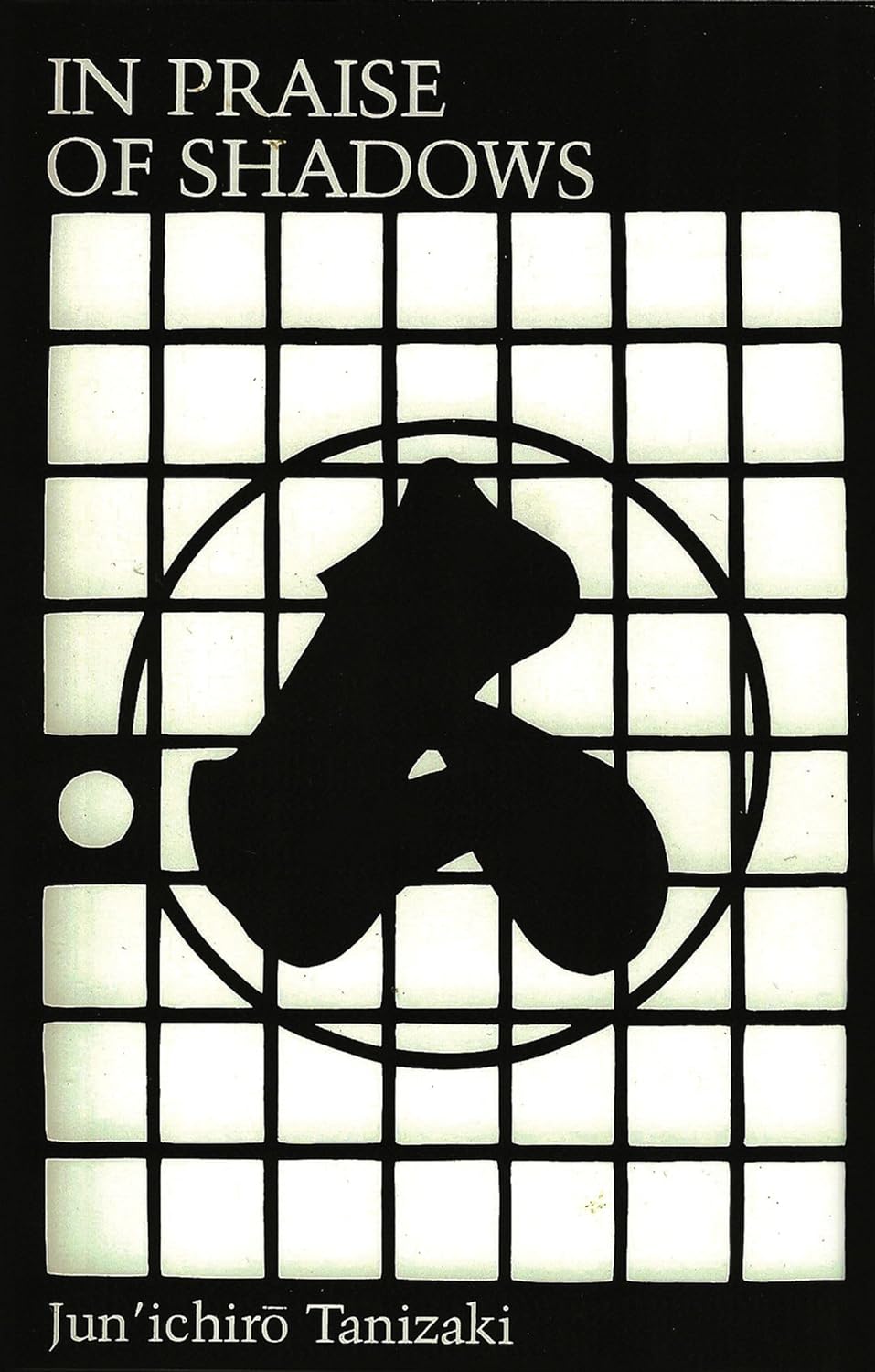
In Praise of Shadows
Link to Bookby Jun'ichirō Tanizaki
.
This book was my gateway to my obsession with Japan. It's a mesmerizing exploration of darkness, light and shadow in traditional Japanese aesthetics. Tanizaki beautifully describes the elegance of dimly lit spaces, arguing against the Western pursuit of brightness, and in doing so, invites us to appreciate the serene, subtle and mysterious. This narrative goes beyond architecture, touching on cultural identity and the serene beauty hidden in the everyday. A must-read for anyone interested in Japanese culture, and open to exploring a new, almost subversive world of aesthetic value.
-
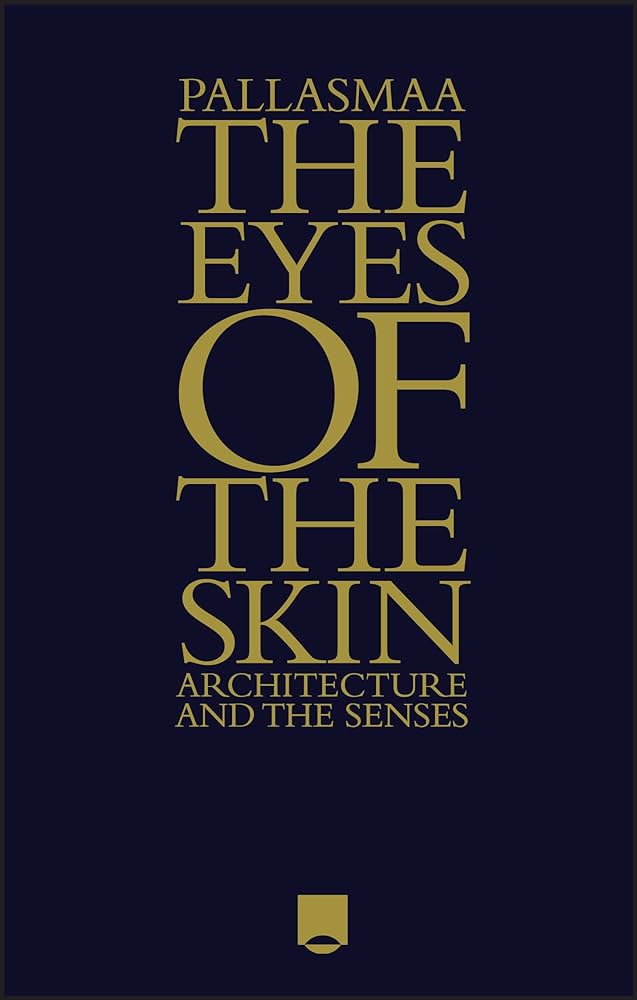
The Eyes of the Skin
Link to Bookby Juhani Pallasmaa
.
I was first introduced to this book in my first year of architecture school, and it kind of blew my mind. Our culture fixates on the eyes and neglects other important haptic ways of experiencing the world, like touch, smell, or sound. This beautifully written, poetic book shows us how our senses help us navigate our world and how we can think about designing for the senses.I made a short video about some of the concepts discussed in the book. You can watch it here.
-

YES IS MORE
Link to Bookby Bjarke Ingels GroupBjarke
.
Ingels Group (BIG) is the masterful communicator. Not only do they push the boundaries with their architectural concepts, but their communication style is simple and easy to grasp for the lay audience. The book is worth reading for that simple fact - it's fun and easy to read, written like a comic book, with the depth of an architectural monograph. The book champions the concept of "hedonistic sustainability", showing how truly sustainable can also be fun and exciting. With every project, BIG demonstrate how they transform complex challenges into strikingly imaginative solutions, and how saying 'yes' leads to creativity beyond traditional limits. It's freshing to see a bit of bold optimism in an industry overshadowed by pessimism.
-

ATMOSPHERES
Link to Bookby Peter Zumthor
.
This book is a quiet sanctuary. Zumthor shares his insights on creating environments that evoke emotions and stir the soul - spaces that transcend mere physical structures. He delves into the essence of what makes a space feel alive, emphasizing the sensory experiences - the play of light and shadow, the texture of materials, the echoes of a room. His approach is poetic, almost spiritual, and invites us to consider architecture as a backdrop for life's most intimate moments. This book has reshaped my understanding of the power of design, showing me that the true essence of a building lies not in its physicality but in the atmosphere it creates. A transformative read for anyone fascinated by the emotional impact of architectural spaces. -

HOW BUILDINGS LEARN: WHAT HAPPENS AFTER THEY’RE BUILT
Link to Bookby Stewart Brand
.
This book could change how you look at architecture - it definitely did for me. It argues that architecture isn’t static but a living, evolving entity, that adapts to the changing needs of their occupants. Through examples, Brand examines the various layers of change that buildings undergo, from their structure and skin to their services and surroundings. He argues for flexible design principles that anticipate the need for future modifications, advocating for buildings that not only serve their immediate purpose but can also adapt to future demands. This book is an eye-opener for architects, designers, and anyone interested in the ever-evolving relationship between spaces and the people, offering a fresh perspective on how buildings can and should learn from the life happening within and around them.
FOUNDATIONS
-

FORM, SPACE, AND ORDER
Link to Bookby Francis Ching
.
This book demystifies architecture and breaks it down into the fundamental elements that structure the built environment. It will give you a visual and written language to understand and appreciate the relationship between form, space, and the organization of architectural elements. It has beautifully illustrated sketches and clear explanations, and will also teach you how to critically analyze architecture. If you want a solid foundation for understanding the fundamentals of design, this is your book.
-

UNDERSTANDING ARCHITECTURE
Link to Bookby Leland M. Roth
.
This is an expansive yet comprehensive introduction to the world of architecture. It covers architectural history from ancient times to the modern era, examining the cultural, historical, and technological factors that have shaped architecture across different times and places. It explores the meanings embedded in architectural forms and how these forms meet both practical needs and express human values and ideas. It's a great foundational book to help you see buildings not just as mere structures, but as reflections of human endeavor. This was required reading material for architecture school, but I think it's also a great resource for anyone looking to deepen their appreciation of architecture and its role in human history. It can be a bit dry from time to time, so I would recommend reading in pieces, picking out eras or ideas that you're most interested in.
-
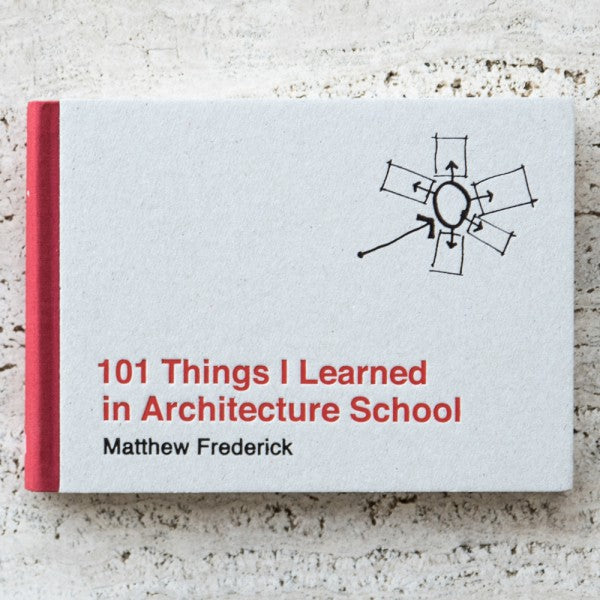
101 THINGS I LEARNED IN ARCHITECTURE SCHOOL
Link to Bookby Matthew Frederick
.
I actually read this book after I graduated from architecture school, but still found it immensely valuable. This is a concise and straight forward book that explains everything from design to presentation techniques. It explains rules of design in an objective, matter-of-fact way, and I have found it incredibly refreshing to see a book like this in a subjective, opinion based world that is design. I would suggest reading this book before or during studio. It could help you design and speak about your designs in a more intelligible way and get better feedback as a result.
CITIES + URBAN PLANNING
-
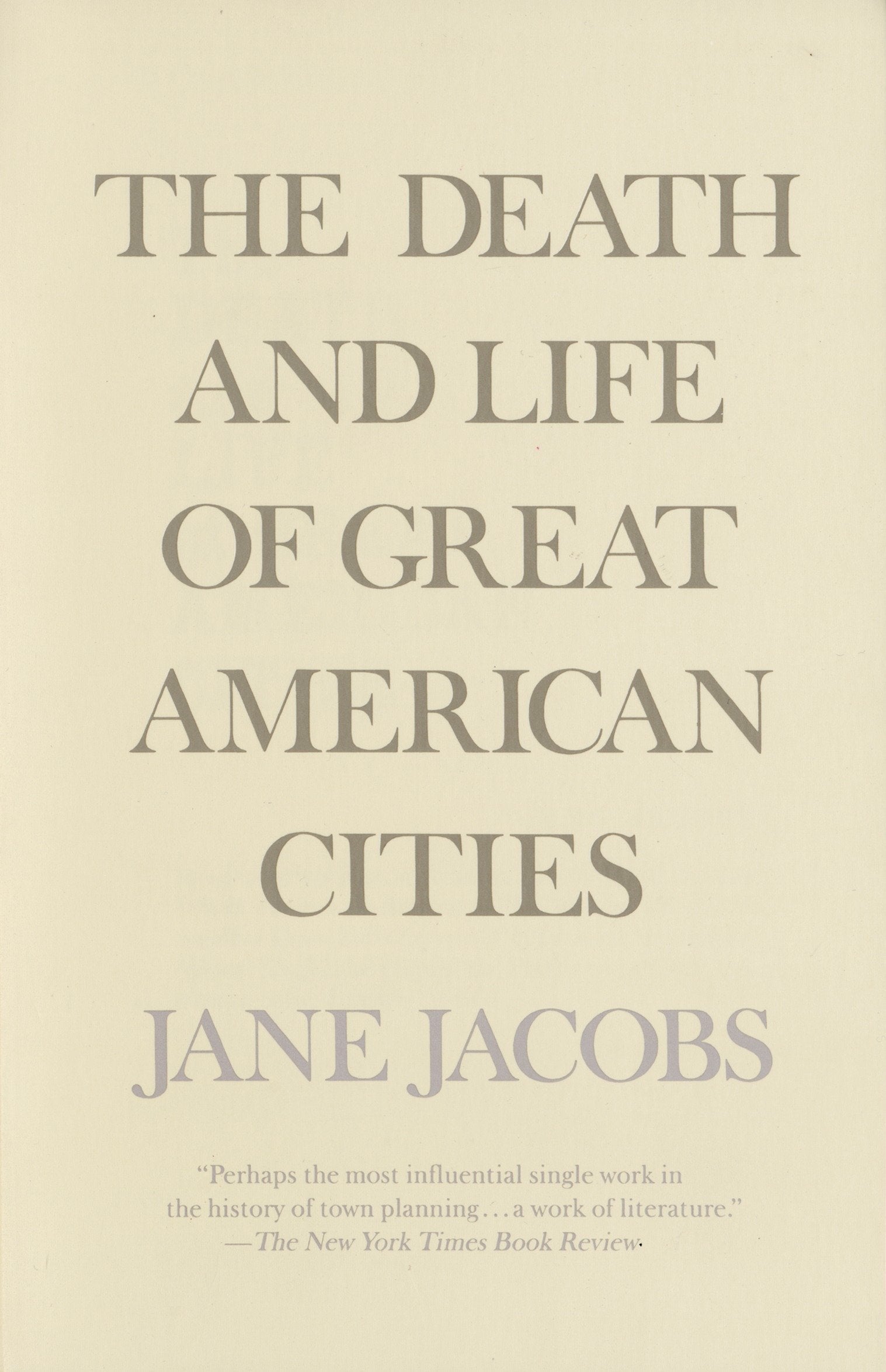
THE DEATH AND LIFE OF GREAT AMERICAN CITIES
Link to Bookby Jane Jacobs
.
This book had a huge impact on the field of urban planning, shifting perspectives from top-down planning to a more community-focused approach. It started as Jane Jacob's reaction to the destructive urban planning policies of the 1950s that decimated neighborhoods across the US, but the book goes beyond critique to offer a comprehensive vision of what makes a neighborhood truly vibrant and healthy. She advocates for the essential elements of urban life—like parks, the integration of children into community life, and "eyes on the street" for natural surveillance—and she lays down the groundwork for future debates in urban planning. Despite the nuanced ideas in the book, it's a fun read with tons of examples, and many times, I found myself dropped into a street or neighbourhood that she was describing. I read it first in my second year of architecture school, but I return to it as a reference, and continue to uncover insights on how even the smallest details in our built environments profoundly shape our daily interactions and well-being. It's a fun and informative read that reminds me of the power of observation and grassroots advocacy in shaping the cities we love.
-
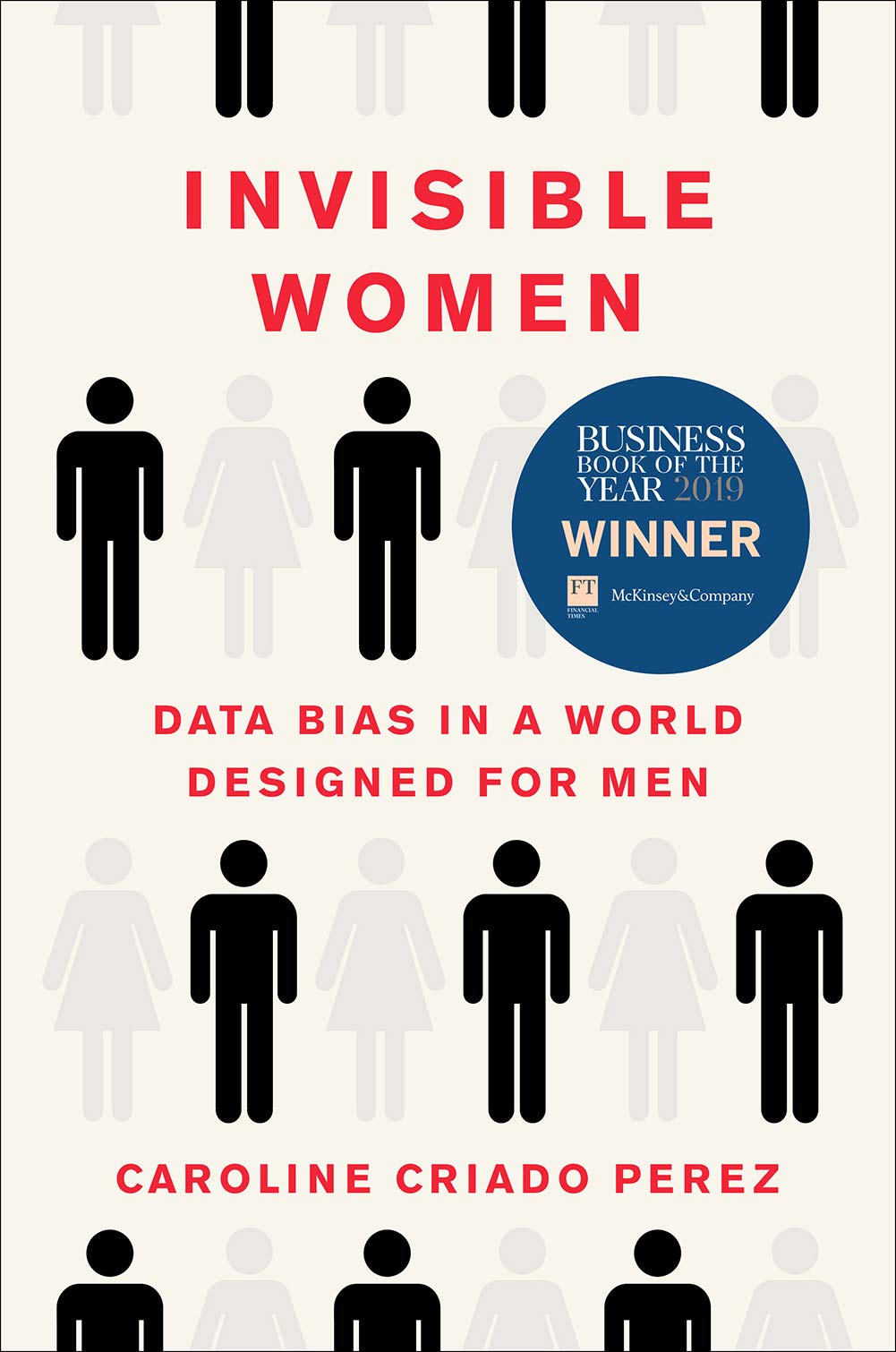
INVISIBLE WOMEN
Link to Bookby Caroline Criado Perez
.
This book really opened my eyes. We all know data is fundamental to our modern world. We use data to make decisions on everything, from healthcare, education, infrastructure, to public policy. But there's a bias in how we collect data that has had some major implications in how our world is designed - men are treated as the default, and women as the outlier. This leads to an environment that often neglect the unique needs and experiences of women, and bias is baked into our cities and systems. I'd recommend this book to anyone curious about the foundational structures of our societies and the invisible boundaries that shape our environments.
-

WHERE GOOD IDEAS COME FROM
Link to Bookby Steven Johnson
.
One of my favourite books on creativity, because it's not about creativity at all, but the environments and conditions that make it possible. It debunks the myth of the solitary genius, and instead, illustrates how great ideas often emerge from environments where concepts can mingle, adapt, and evolve. It draws on a wide array of disciplines, from neuroscience to environmental science, and identifies patterns that are the foundation of breakthrough ideas. It's full of interesting stories and anecdotes, and I would recommend this book for anyone interested in creativity.
ARCHITECTURAL GRAPHICS
-
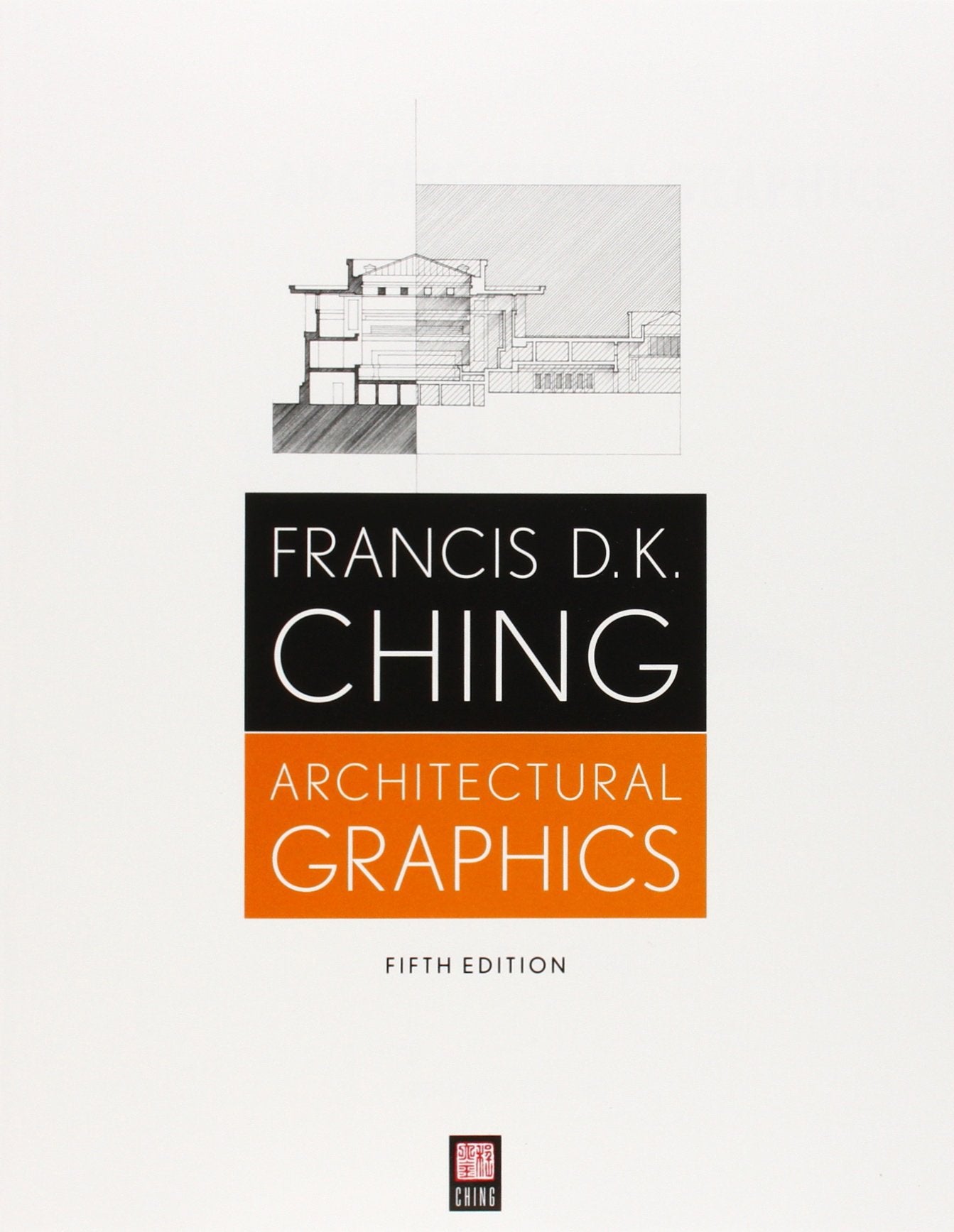
ARCHITECTURAL GRAPHICS
Link to Bookby Francis Ching
.
This is the first architecture book I ever bought. It's a comprehensive guide to the principles and practices of architectural drawing, and a cornerstone resource for anyone delving into the world of architecture. Francis Ching masterfully breaks down complex concepts into digestible, engaging illustrations that communicate the essentials of architectural graphics—from drafting techniques and perspective drawings to the effective use of light, shadow, and texture. For me, it goes beyond its practical applications, and instills an appreciation for the artistry behind architectural representation, and has helped me enrich my perspective on the visual language of architecture. Here's the link.
-
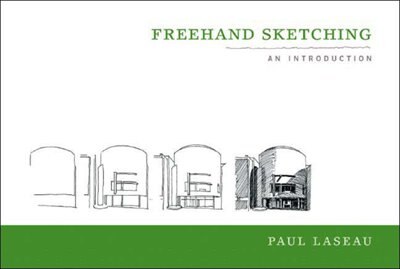
FREEHAND SKETCHING
Link to Bookby Paul Laseau
.
Another great book for developing your sketching skills, but unlike Ching's "Architectural Graphics," which focuses on technical aspects of architectural drawings, "Freehand Sketching" emphasizes the creative, spontaneous nature of architectural sketching. Sketching is a foundational skill for visual exploration and communication, offering a personal and intuitive approach to developing ideas, so this book is great for anyone looking to improve their creative drawing skills.
-
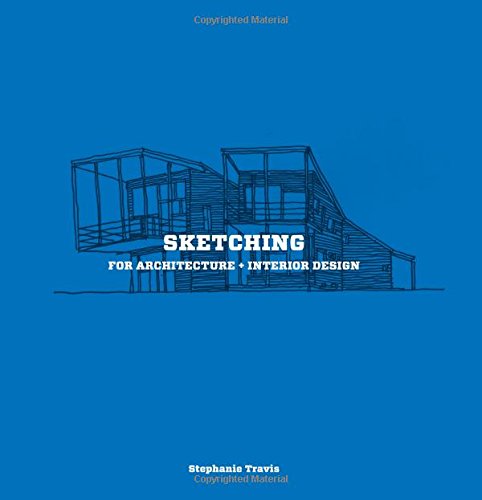
SKETCHING FOR ARCHITECTURE + INTERIOR DESIGN
Link to Bookby Stephanie Travis
.
This is a concise, practical guide for anyone looking to hone their sketching skills to communicate design ideas quickly and effectively. Through a collection of clear, detailed sketches, it teaches you how to capture the essence of your ideas, from initial strokes to fully rendered pieces. The focus is on the importance of sketching as a part of the design process and for problem-solving. It also helps you develop a unique style.
-

DETAIL IN CONTEMPORARY RESIDENTIAL ARCHITECTURE
Link to BookBy Virginia McLeod
.
Everything from the Detail series is worth having in your personal library. Save for it gift yourself when you can! Drawings are paired with photos to illustrate how it's been executed.
-
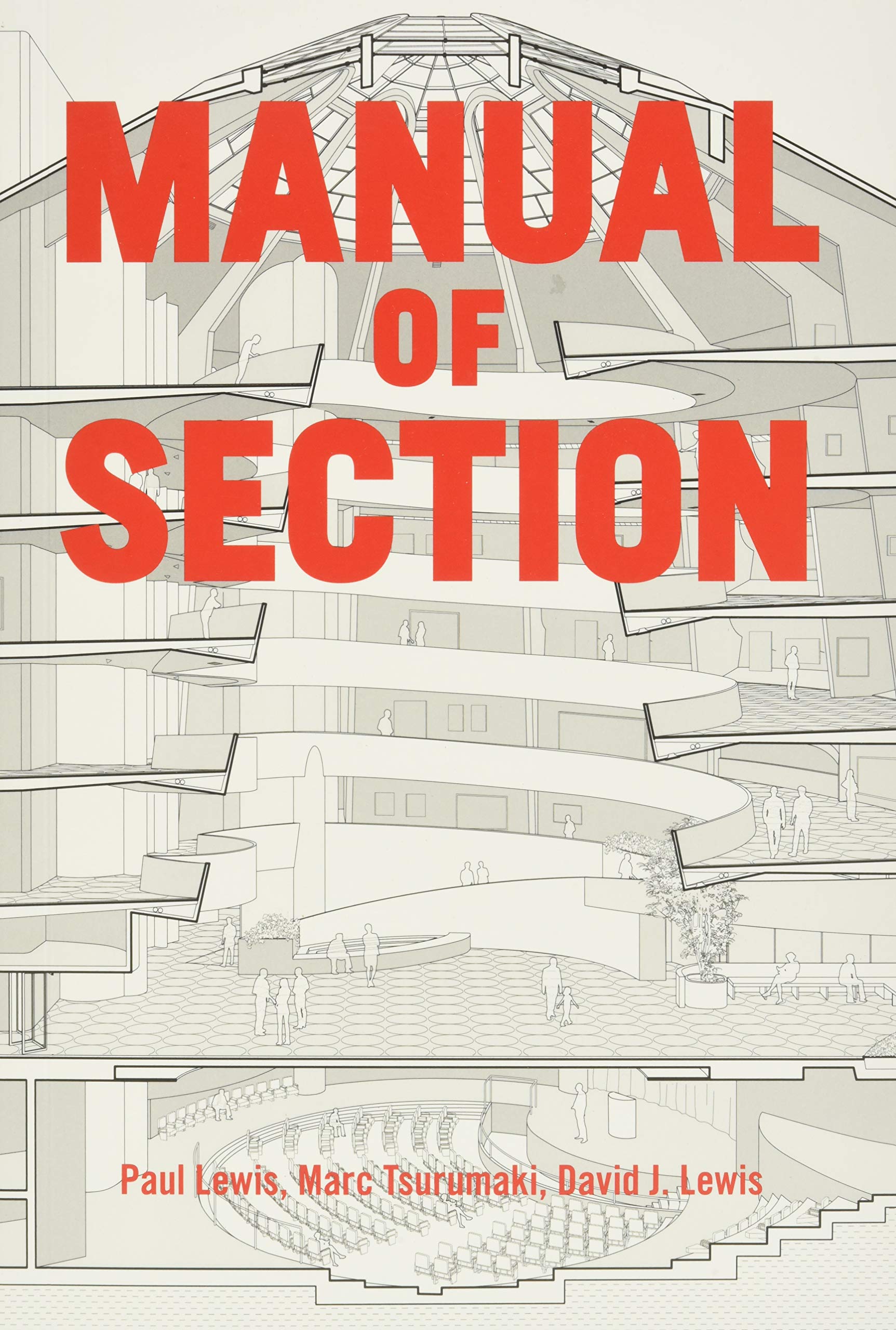
MANUAL OF SECTION
Link to Bookby Paul Lewis, Marc Tsurumaki, and David J. Lewis
.
I remember one time during architecture school, being very stuck with my design. Then one of my professors showed me how to start designing in sections, instead of the conventional method of starting with a plan. This subtle shift in approach opened my eyes, and unlocked new dimensions and insights into my project that I hadn't considered before. Sections reveal complex relationships within buildings, and this book provides a comprehensive analysis of section drawings from some of the most iconic buildings in modern architecture. Through beautiful, detailed illustrations and commentary, the book explore the role of the section in design thinking, and it elevates the section from technical necessity to a tool of creative expression. This is a great reference for both architects and students.
-

DESIGN DRAWING
Link to Bookby Francis ChingEven with all the digital tools available to us, we still hand sketch every day to communicate our ideas quickly and effectively. This hand-sketched (of course), beautifully illustrated book is a classic guide that walks you through sketching at every step of the architectural process.
PERSONAL + PROFESSIONAL GROWTH
-
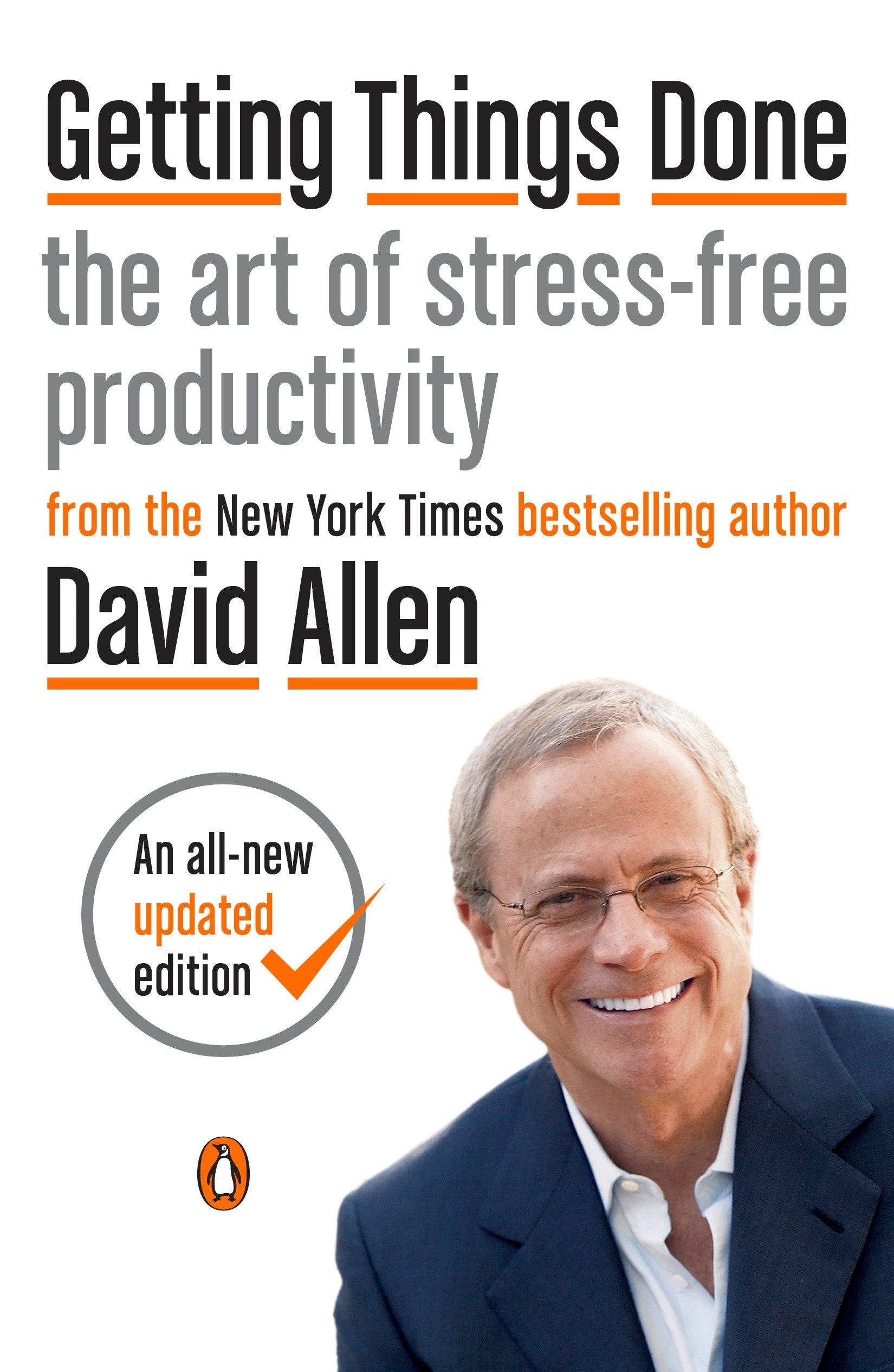
7 HABITS OF HIGHLY EFFECTIVE PEOPLE
Link to Bookby Stephen R. Covey
.
I read this book when I was young and it had a huge impact on my character. It set the tone for how I approach complex situations, how I approach people in my life, and most importantly, how I approach myself. It taught me to be proactive, to think win-win, and it helped me understand the true value of collaboration. It think it's a very holistic framework for character development, that can help you become more independence by practicing self-discipline, and then from independent to interdependent by practicing collaboration and empathy. It's a combination of practical advice and insights into the human condition, and I would highly recommend it for anyone looking for to live productive and fulfilling lives.
-
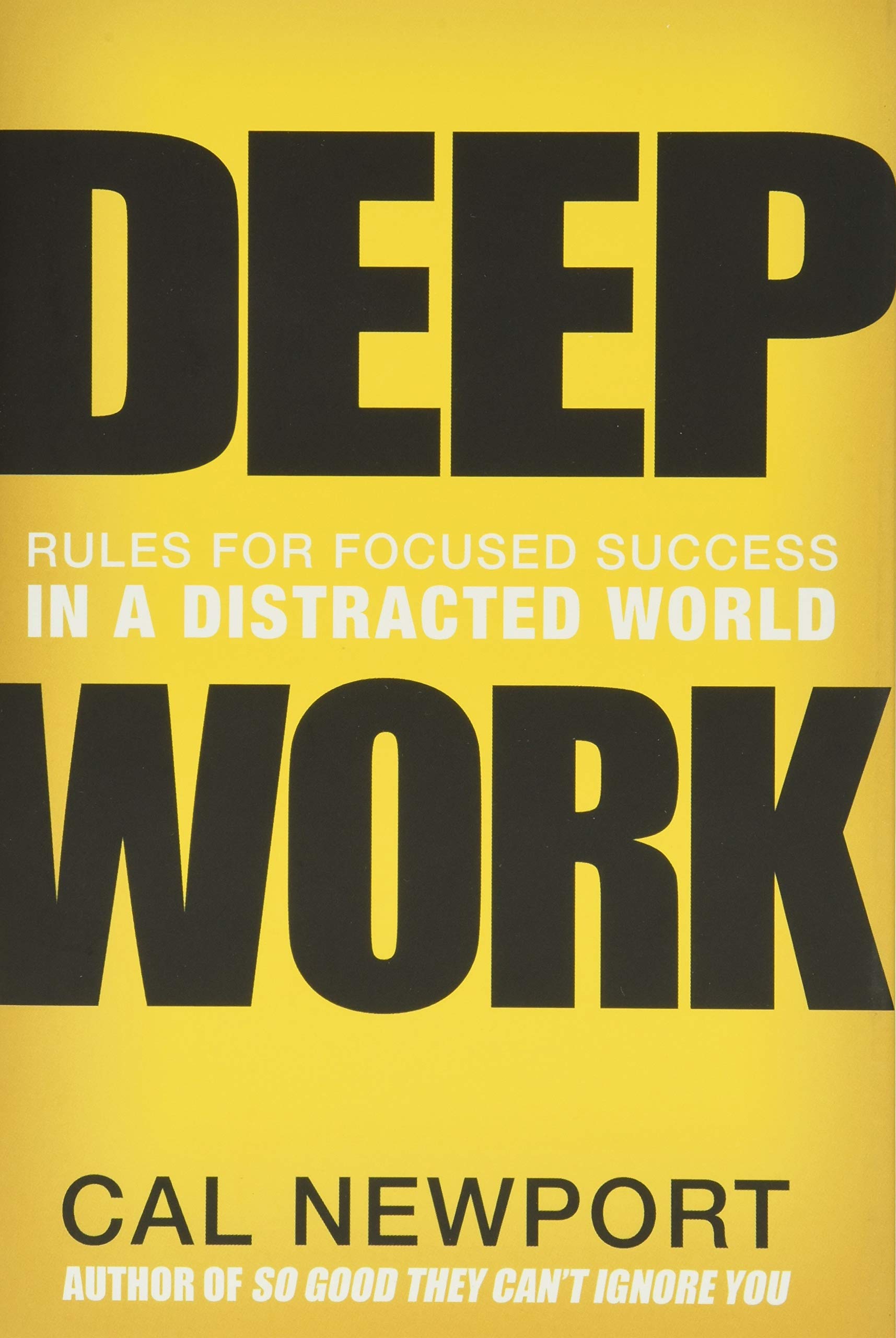
DEEP WORK
Link to Bookby Cal Newport
.
This book discusses the power of focused concentration in the modern age and has had a big impact on how I approach work. 'Deep work' as the ability to focus without distraction on a cognitively demanding task, but this is a skill that's becoming increasingly rare and increasingly valuable in our economy. Through practical advice and strategies, Newport outlines how to develop routines and rituals that protect time for uninterrupted research and complex problem-solving, encouraging us to achieve more in less time and to rise above the noise of the digital age. I would recommend this book to anyone looking to build a career that's marked by purpose, value, and satisfaction in an increasingly competitive world.
-
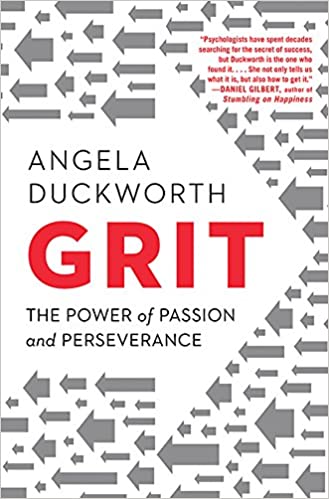
GRIT
Link to Bookby Angela Duckworth
.
Our culture loves the "genius", the “raw talent”. We also love the phrase “follow your passion”, which has probably led to more than a few university dropouts. She critiques this narrative and offers an alternative perspective - that the secret to achievement is not talent, but a special blend of passion and persistence she calls "grit". Grit is the ability to maintain a long-term commitment towards a singular goal, pushing through challenges and setbacks with perserverence. In fact, her research and examples demonstrates how grit can be a much better predictor of success than raw talent, across different fields. It's confirmed many of my own experiences and has inspired me to go deep in developing specific skills, rather than trying a million different things that my lizard mind wanted to. I would recommend this book for anyone who wants a new perspective on achieving personal and professional fulfillment.





















